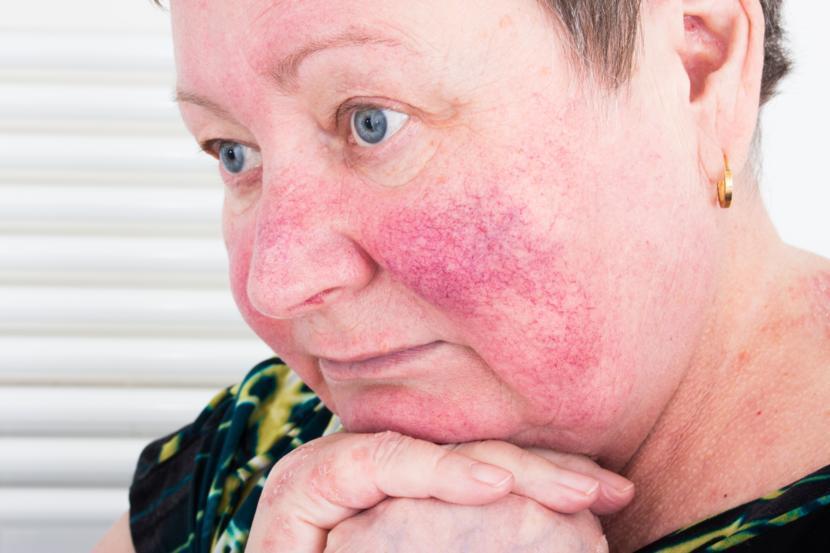Treatments for Rosacea

Treatment for rosacea is determined by which sub-type you have. Although there is no cure for the condition, there are several treatment options available to control signs and symptoms. Depending on symptoms, your doctor will tailor a treatment plan that best suits you.
There are four sub-types of rosacea and each type is treated differently. Consult your dermatologist to determine the the most suitable therapy option available, depending on your type of rosacea. The outcomes will vary from person to person, but it is important that you maintain your prescription regimen put forth by your doctor, to get the best results.
1. Erythematotelangiectatic rosacea – The first sub-type
This type of rosacea is characterized by facial redness, flushing, irritation and visible blood vessels. These symptoms can be often made worse by triggering factors, such as exposure to sunlight. Therefore it is important you identify factors that may worsen symptoms and avoid them as much as possible.
Also, selecting the appropriate skin care option unique to you, is key. You can hide the facial redness and flushing with cosmetic products. Select these cosmetic options with caution, as they could cause complications.
Visible dilated blood vessels can be reduced by laser, or intense pulse light therapy. Laser or pulse light therapy machines release a narrow beam of light, targeting dilated blood vessels. The heat that is produced by these light waves causes the dilated blood vessels to collapse and shrink, so that they are no longer visible to the naked eye. However, you may require several sessions to see positive results. This therapy has the least amount of scarring and damage to surrounding tissues. Although laser treatment can be painful at times, most patients do not require anesthesia.
2. Papulopustular – The second sub-type
Papulopustular rosacea is characterized by facial redness and an acne-like appearance with pimples.
This is a moderate form of rosacea, slightly more severe than the first type. Oral and topical antibiotics are used to see immediate results, and topical treatment is often continued to maintain remission.
The dosage of oral antibiotics will be increased in those who fail to respond to initial treatment.
3. Phymatous rosacea – The third sub-type
This is the most severe form of rosacea, and is characterized by skin thickening and enlargement, particularly in the nose. Mild cases of phymatous rosacea can be treated with medications, but moderate to severe cases require surgery.
There are several surgical procedures available, including cryosurgery and radio-frequency ablation. These surgeries remove excess skin and reconstruct your nose into a more sought after shape. This technique is known as dermabrasion.
4. Ocular rosacea – The fourth sub-type
Ocular rosacea affects your eyes and is characterized by irritation of the eyes, increased tearing, itching, burning sensation, a watery or blood shot appearance and blurred vision.
Management of ocular rosacea include cleansing your eyes with water, artificial tears, and oral antibiotics. In severe cases of ocular rosacea, you should refer to an ophthalmologist for further examination of you eye because complications of the cornea can result in the loss of visual acuity.















